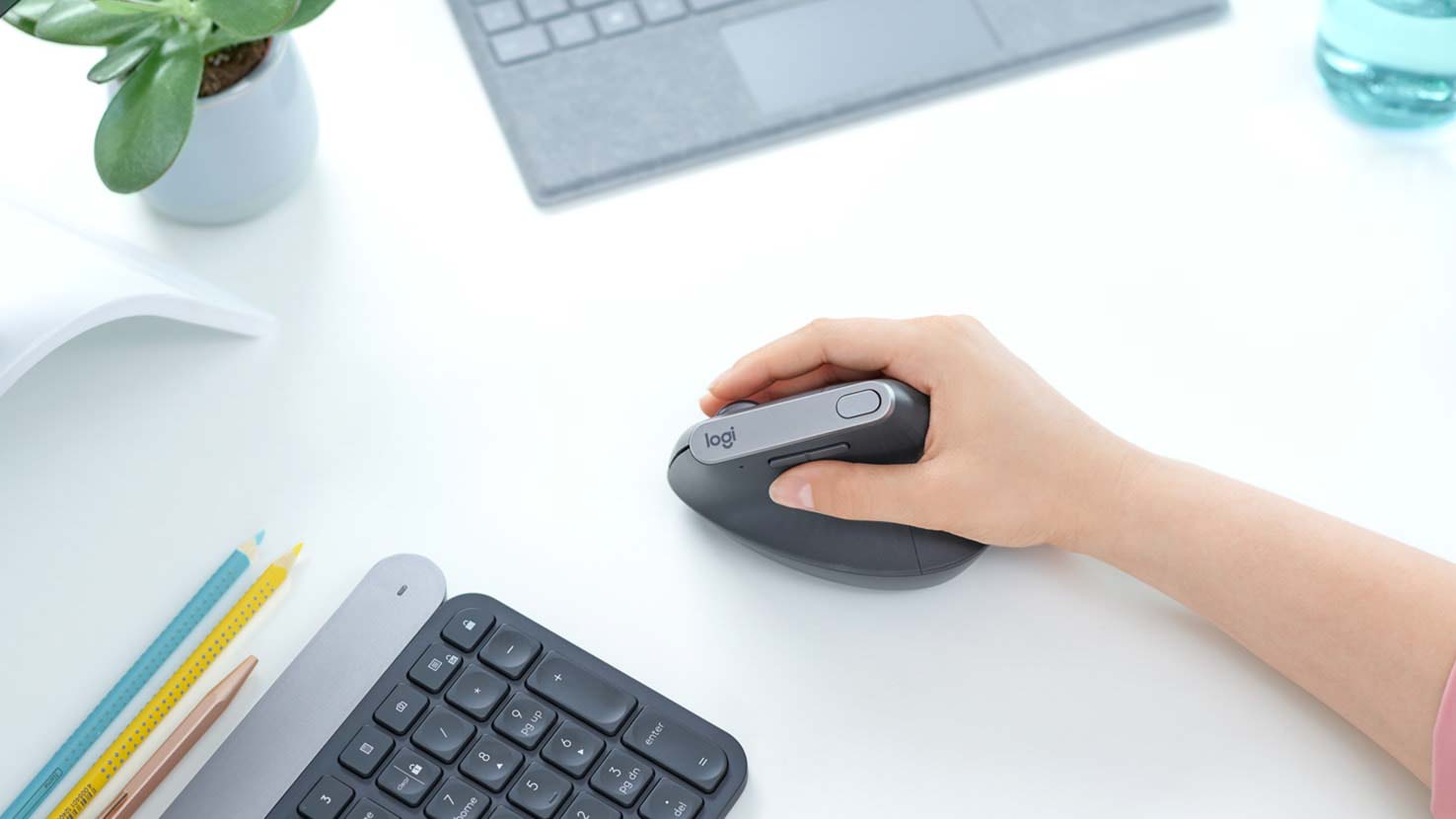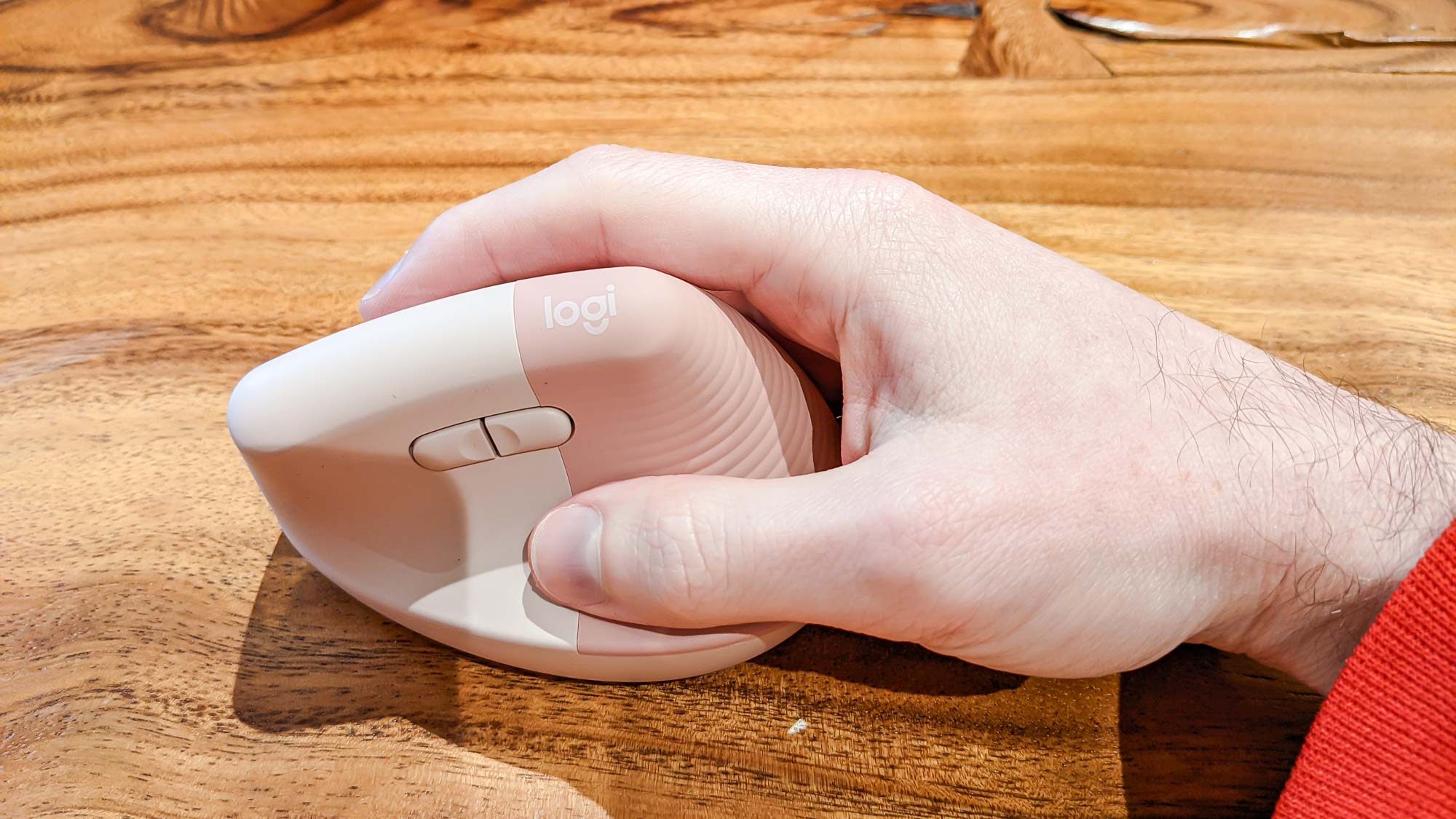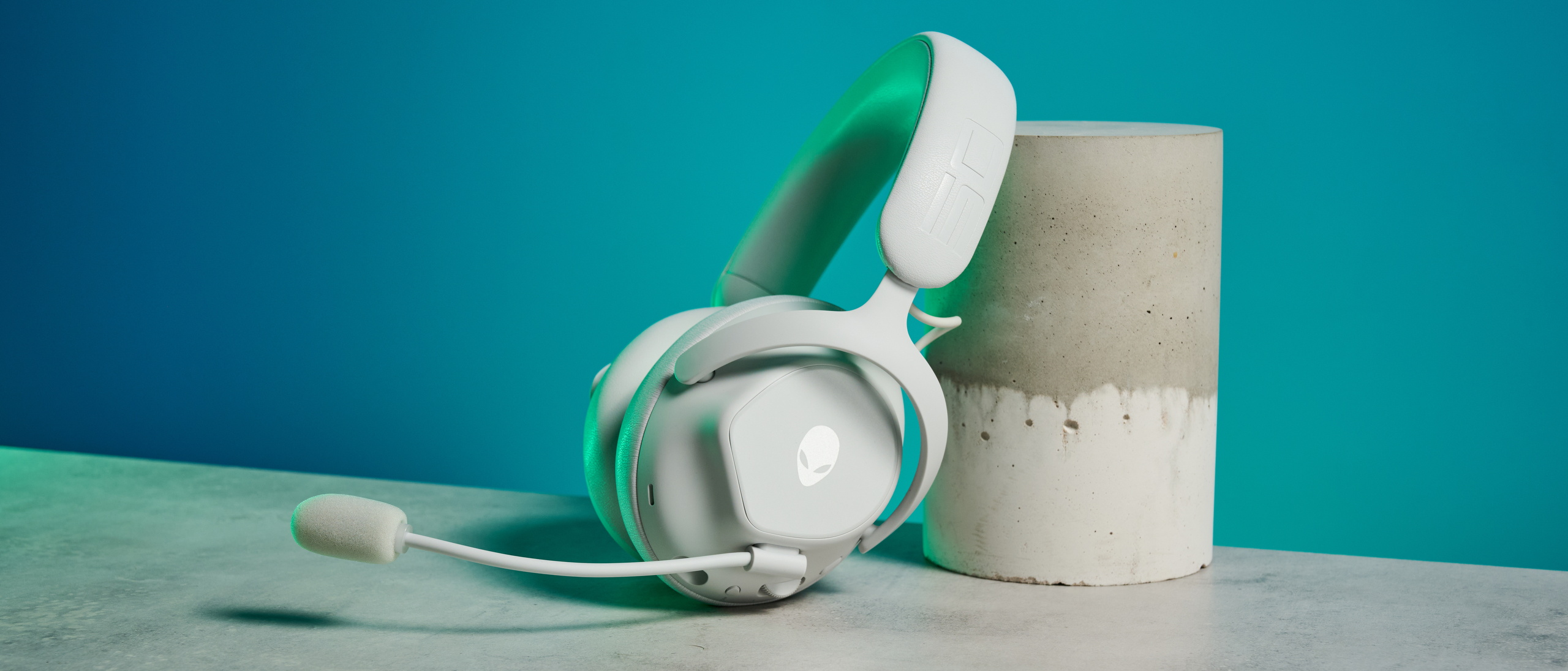I used a vertical mouse for a week — here's what happened
The Logitech Lift is an interesting gadget, but vertical mice are still a tough sell

The Logitech Lift is the third vertical mouse I’ve ever used, and I’m not in a hurry to run out and try another one. Much like communism or attending a Coldplay concert, vertical mice are one of those ideas that are better in theory than in practice.
While it’s true that these peculiar peripherals can alleviate wrist pain for some users, vertical mice don’t offer any real benefits over a more traditional mouse for others.
Of mice and metacarpals

Unless your job involves reviewing mice (as mine does), you may not realize just how many different designs there are. From $20 workhorses that you can find at an office supply store to premium gaming models that go for $150 or more, there really is a mouse style for every almost hand shape and use case.
Logitech is one of the best mouse manufacturers on the market, and has been instrumental in making upscale versions of some niche designs. From the tiny Logitech Pop Mouse, to the retro Logitech MX Ergo (complete with a trackball) to the inventive Logitech G502 Lightspeed, Logitech offers input devices for just about every productivity, gaming or everyday application you can imagine.
A few years ago, the company released the Logitech MX Vertical, which I reviewed for a sister site. I enjoyed the device’s smooth performance and extensive software options, but I was mostly puzzled by the way it looked. I’ve reviewed dozens of mice over the years, and I had never encountered a vertical configuration before.
If you haven’t tried a vertical mouse, the concept is pretty straightforward. To use most mice, you lay your palm on top of the device, then manipulate buttons with your fingers facing down. A vertical mouse essentially rotates the whole setup by about 90 degrees, meaning that you grip the device as you would a coffee mug, with your fingers to the side. The buttons are on the mouse’s right face, and a broad base keeps your hand elevated above your desk.
Ostensibly, vertical mice have one big advantage over traditional mice: They don’t put a lot of pressure on your metacarpal ligament. Office workers and PC gamers alike have come to dread carpal tunnel syndrome, a painful condition that can occur when constant pressure puts a strain on a sensitive nerve in your wrist. Vertical mice offer one possible solution to the issue, since the bottom of your wrist will never actually make contact with your desk while you use one of these devices.
Get instant access to breaking news, the hottest reviews, great deals and helpful tips.
It's a fine idea, although to be scrupulously fair, there’s not much empirical research to back it up. In fact, one of the only resources I could find to weigh the pros and cons of vertical mice came from Logitech’s own website.
One week with the Lift

After I reviewed the MX Vertical, I was ready to get back to my regular mouse, especially since I didn’t find the vertical configuration all that useful for gaming. My biggest issue, however, had nothing to do with the mouse’s performance. Instead, I didn’t like the fact that the MX Vertical actually felt less comfortable than a good gaming mouse (in my case, the Logitech G500s).
To give credit where it’s due, Logitech’s claim is 100% true: Using a vertical mouse puts absolutely no pressure on the bottom of your wrist. The only problem is that the pressure does have to go somewhere else, and where it goes is completely dependent on how you hold a mouse.
In promotional pictures on the Logitech website, users hold the MX Vertical and the Lift sideways, and rest the flat part of their hand on the mouse pad. This is sensible, as your hand has a lot of muscle to spread the weight around. But whenever I held the MX Vertical, I’d always wind up resting the side of my wrist on the mouse pad instead. After just a few minutes, this started to hurt. If your wrist makes contact with your desk or your mouse pad, there’s simply not a lot of muscle to go around. It’s actually much more painful than distributing the weight across your metacarpal ligament.
When I first acquired the Lift, a Logitech representative told me that it was still worth giving the vertical design another try. He argued that because I have small hands, the MX Vertical may have been too large, forcing my wrist into an uncomfortable position to compensate.
I spent about a week testing the Lift, partially because I got bogged down in other projects, and it was simply the mouse on my desk at the time. While the smaller size fit my hand much better, I found that the problems I had with the MX Vertical still persisted. The unusual design didn’t make any of my everyday tasks easier or faster, while one single point on my wrist still absorbed all the pressure.
As I found when testing the Lift, this isn’t a matter of learning to use the device; this is simply dependent on how you hold a mouse. It’s not something you can consciously train yourself to change, at least not in a week.
I don’t doubt that certain users will find vertical mice easier to use, and I wouldn’t be shocked if it really did reduce wrist pain for some of them. Still, it’s wise to remember that vertical mice, like gaming mice or trackball mice, are just design decisions, not medical apparatuses. If you want to minimize wrist pain, you may be better off with a brace — or simply stepping away from the computer as often as you’re able.

Marshall Honorof was a senior editor for Tom's Guide, overseeing the site's coverage of gaming hardware and software. He comes from a science writing background, having studied paleomammalogy, biological anthropology, and the history of science and technology. After hours, you can find him practicing taekwondo or doing deep dives on classic sci-fi.
